What Is Young Rabbit Called?
Rabbits are charming, curious creatures loved by many as pets and admired in the wild. When we think of rabbits, we often picture them as cute, fluffy animals hopping about with their big ears and expressive eyes. But have you ever wondered what is a baby bunny is called? Or perhaps you’ve asked yourself, what is a baby bunny called? In this article, we’ll explore not just the name but also the fascinating life stages and characteristics of young rabbits.
Understanding Rabbit Terminology
Before diving into the specifics of young rabbits, let’s look at a few common terms related to rabbits and their different life stages. Like many animals, rabbits have unique names that describe each phase of their lives, which helps animal enthusiasts, breeders, and caretakers differentiate their ages and needs.
What Is a Young Rabbit Called?
So, what are baby rabbits called? A young rabbit is specifically called a kit or sometimes a kitten. The term “kit” is short, easy to remember, and accurately describes a rabbit in its earliest, most delicate stage of life. This terminology helps distinguish baby rabbits from adult rabbits, who are commonly referred to as bucks (males) and does (females).
Why Are Young Rabbits Called Kits?
The term “kit” has origins in Old French, where it refers to a young or small animal. Over time, this term has been adopted to refer to the offspring of rabbits. Interestingly, similar terms are used in the animal kingdom: for instance, baby foxes are also often called kits or cubs. The similarity in naming makes it easier to refer to young animals, particularly those that are small and rely heavily on parental care in their early days.
Life Cycle of a Rabbit
The life cycle of a rabbit is fascinating, spanning from vulnerable infancy to mature adulthood. The life cycle of a rabbit encompasses the following distinct stages:
- Birth: Newborn rabbits, or kits (also known as baby bunnies), are born blind, hairless, and completely dependent on their mothers.
- Weaning: As kits reach about 3-4 weeks, they start eating solid food alongside their mother’s milk. By 6-8 weeks, they are ready for full independence.
- Adolescence: Around 3-6 months, rabbits enter adolescence, characterized by rapid growth and the onset of maturity.
- Adulthood: After six months, rabbits reach adulthood, marked by fully developed physical and behavioral traits.
- Senior Years: Depending on breed and care, rabbits live 8-12 years on average, with their activity levels gradually declining in senior years.
Each phase of a rabbit’s life brings changes in behavior, diet, and care needs, making understanding this cycle essential for proper rabbit care.
Stages of Rabbit Development
Just like humans, rabbits go through distinct stages in their growth:
- Kit: A newborn rabbit, also known as a baby bunny
- Weanling: Young rabbits transitioning from milk to solid food
- Junior: Rabbits under six months of age
- Adult: Fully grown rabbits, usually after six months
Each stage has unique needs and characteristics that influence how they should be cared for.
Rabbit Kits: Birth to Weaning
Rabbit kits are born after a short gestation period, which is only about 30 days. They are born hairless, blind, and utterly dependent on their mothers. For the first few weeks, they rely on their mother’s milk for nourishment. Around 3-4 weeks, they begin to open their eyes and explore, marking the start of their journey towards independence. By six weeks, kits are usually ready to start eating solid food, although they may still rely on milk until they are fully weaned.
Physical Characteristics of Rabbit Kits
In the beginning, kits are fragile, with soft, delicate skin and closed eyes. They often lack fur initially, but within a week, a soft, downy coat starts to grow. By the time they are a few weeks old, rabbit kits resemble miniature versions of their adult counterparts but still retain a soft and somewhat clumsy charm.
Behavioral Traits of Young Rabbits
Young rabbits, or baby bunnies, exhibit a mix of curiosity and caution. Kits are naturally cautious, a trait that helps them avoid danger in the wild. However, as they grow and start to explore, they show a playful side, hopping around and interacting with their siblings. This blend of shyness and exploration is vital for their survival, as it teaches them to balance safety with discovery.
In my experience, young rabbits quickly bond with gentle handling, and they soon become comfortable around people.
Dietary Needs of Rabbit Kits
In the early stages, kits depend on their mother’s milk, which is rich in nutrients to support rapid growth. Once they reach around three weeks, they begin nibbling on solid food, which includes a mixture of grasses, hay, and soft vegetables if they’re raised in captivity. For pet owners, it’s essential to ensure that young rabbits have access to fresh hay and pellets to support their growth.
According to the House Rabbit Society, young rabbits benefit from a balanced diet that includes fresh hay and specialized pellets
Care for Young Rabbits as Pets
Caring for a rabbit kit, or baby bunny, requires patience and a gentle approach. Kits are highly sensitive, and handling them too much can be stressful for them. Ensure they have a warm, safe space and gradually introduce them to being held and handled. Avoid giving them foods that could upset their delicate digestive systems, and always keep fresh water available.
Avoid giving young rabbits vegetables high in starch until they reach six months, as it can disrupt their digestive system.
Socialization in Young Rabbits
Rabbit kits are social animals, and they benefit from interaction with both their siblings and humans. Kits raised in groups tend to develop stronger social skills and are more adaptable when introduced to new environments. Gentle handling helps them become comfortable with people, reducing stress as they grow into adulthood.
Health Concerns for Young Rabbits
Young rabbits, or baby bunnies, are prone to certain health issues, such as respiratory infections, digestive problems, and parasites. Frequent and thorough checks can help identify any potential issues early, allowing for timely intervention. Signs of a healthy rabbit kit include bright eyes, smooth fur, and a lively, curious nature. Pet owners should consult a veterinarian if they notice any signs of illness.
Young rabbits should be monitored closely for symptoms like sneezing, lethargy, or loss of appetite, which may indicate respiratory issues or GI stasis, a serious digestive concern.
Differences Between Domestic and Wild Rabbit Kits
Domestic kits and wild kits may look similar, but they have distinct differences in lifestyle and upbringing. Wild kits often face more hazards and learn survival skills from an early age. Domestic kits are typically raised in safer, controlled environments and may have different diets and fewer survival instincts.
Facts About Young Rabbits
- Rabbit kits are born blind and hairless.
- A group of young rabbits is often called a litter.
- Kits open their eyes at around 10 days old.
- Baby rabbits grow quickly, doubling in size in the first few weeks.
- In the wild, kits remain in the burrow for safety until they can move independently.
Fruits for Baby Rabbits
Vegetables for Baby Rabbits
- Cucumbers
- Carrots
- Cabbage
- Broccoli
- Lettuce
- Kale
- Tomatoes
- Asparagus
- Catmint
- Celery
- Bell Peppers
- Green beans
Conclusion
Young rabbits, or kits (sometimes known as baby bunnies), are delightful creatures that capture our hearts with their innocence and charm. Understanding what they’re called and learning about their development can deepen our appreciation for these wonderful animals. Whether in the wild or as pets, kits grow rapidly, adapt to their environments, and bring joy to those around them.
This article provides general advice, but for specific health concerns, always consult a qualified veterinarian.
Frequently Asked Questions
- How long does it take for a rabbit kit to grow into an adult?
It takes around six months for a kit to reach full adulthood, though growth can vary by breed. - Can I feed a young rabbit the same food as an adult rabbit?
Not entirely. Kits need specific nutrients and should primarily consume their mother’s milk until weaning. - When can I start giving a baby bunny solid food?
At around 3-4 weeks, baby rabbits begin nibbling on solid food, although they may still rely on milk until they are fully weaned. - What are some common health concerns for young rabbits?
Common health issues include respiratory infections, digestive issues, and parasites. Regular checkups help ensure good health. - Are baby rabbits social animals?
Yes, baby rabbits are social and benefit from interaction with both siblings and humans, helping them adapt well to new environments.
Further Reading
What Does Rabbit Poop Look Like?
What Does Rabbit Taste Like?
Do Rabbits Lay Eggs?
What Is a Group of Rabbits Called?
Do Rabbits Crawl?
How to Stop a Rabbit from Scratching You?
What Sound Does a Rabbit Make?

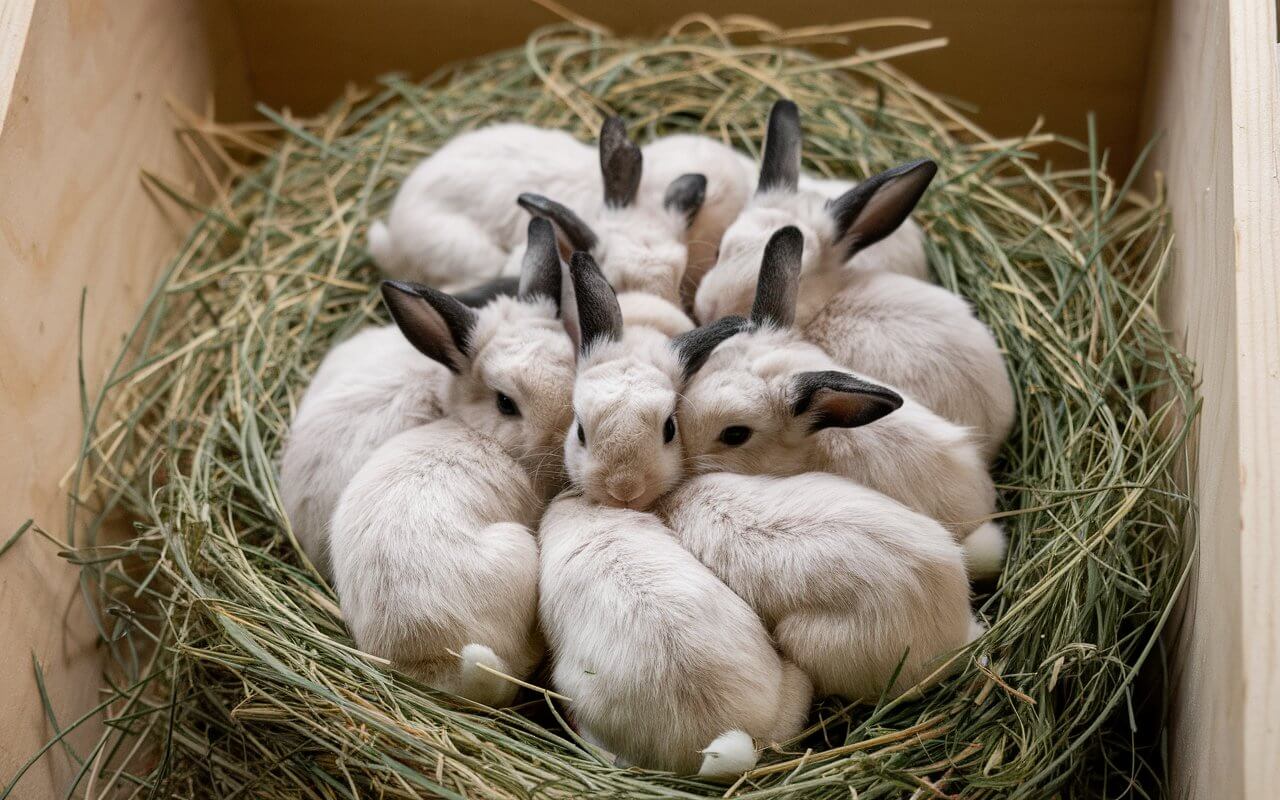
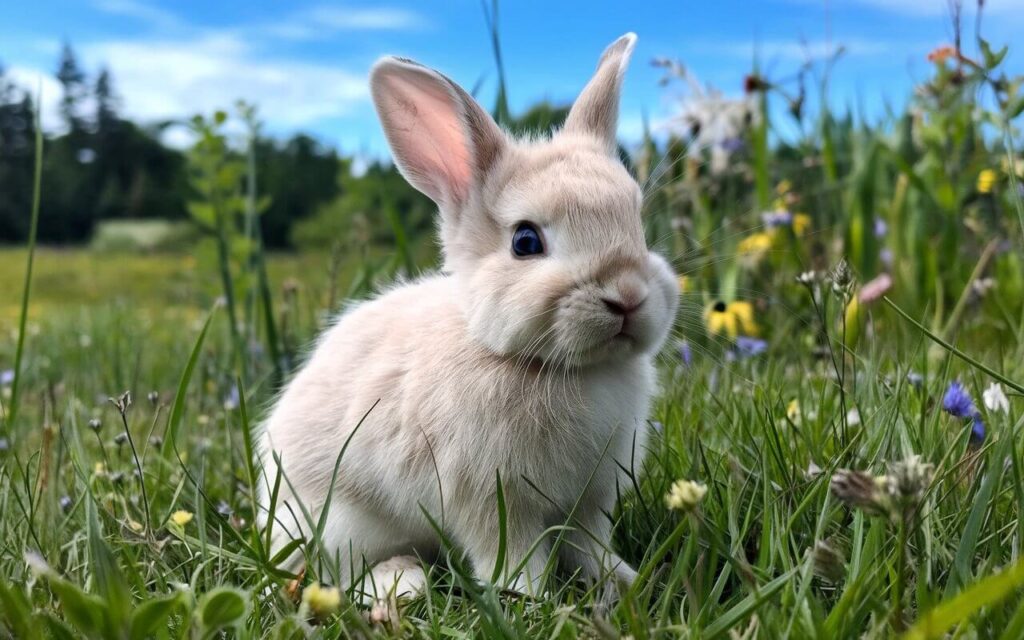

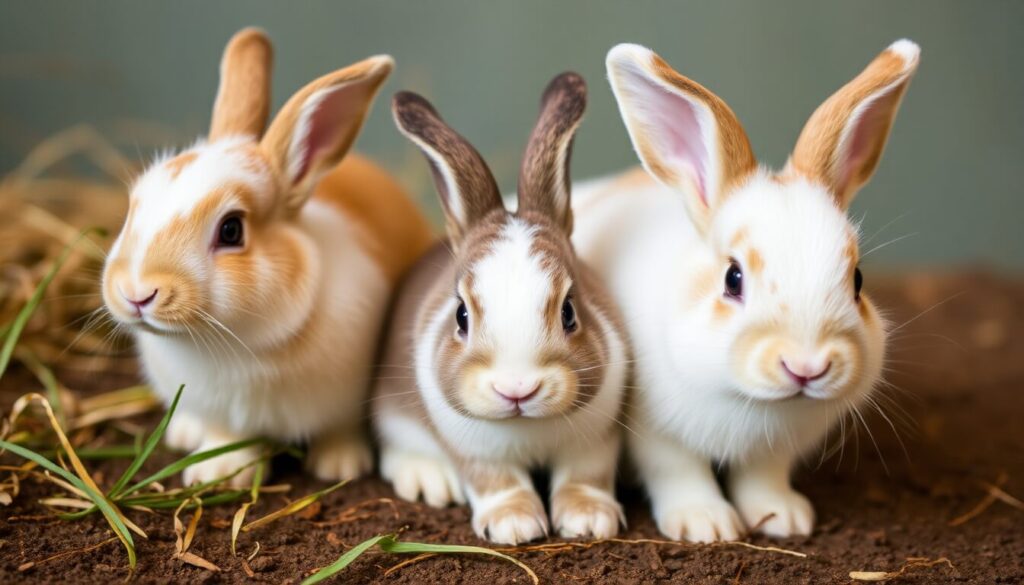
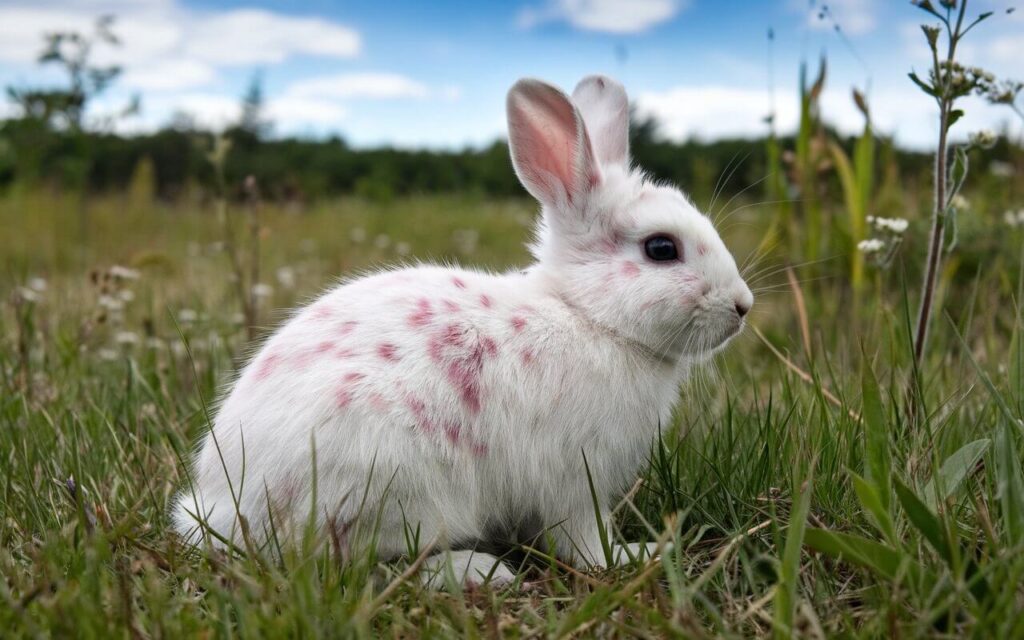
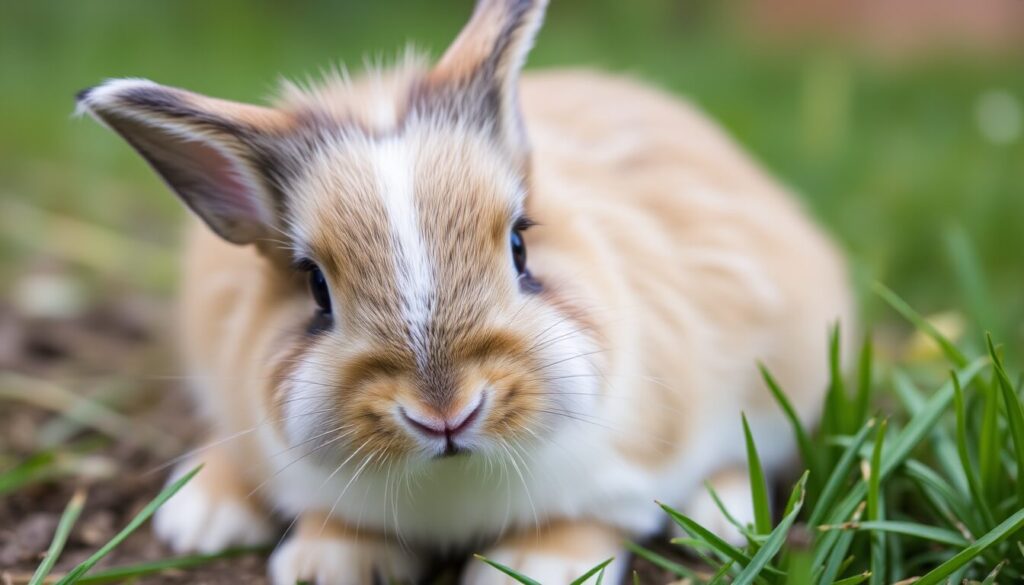
Leave a Reply